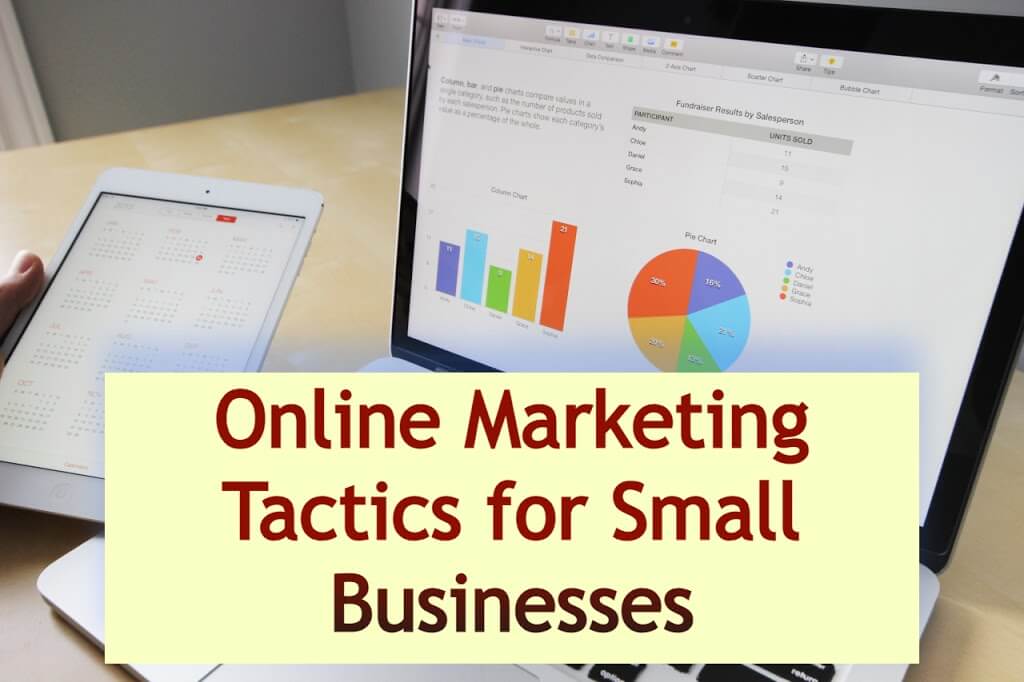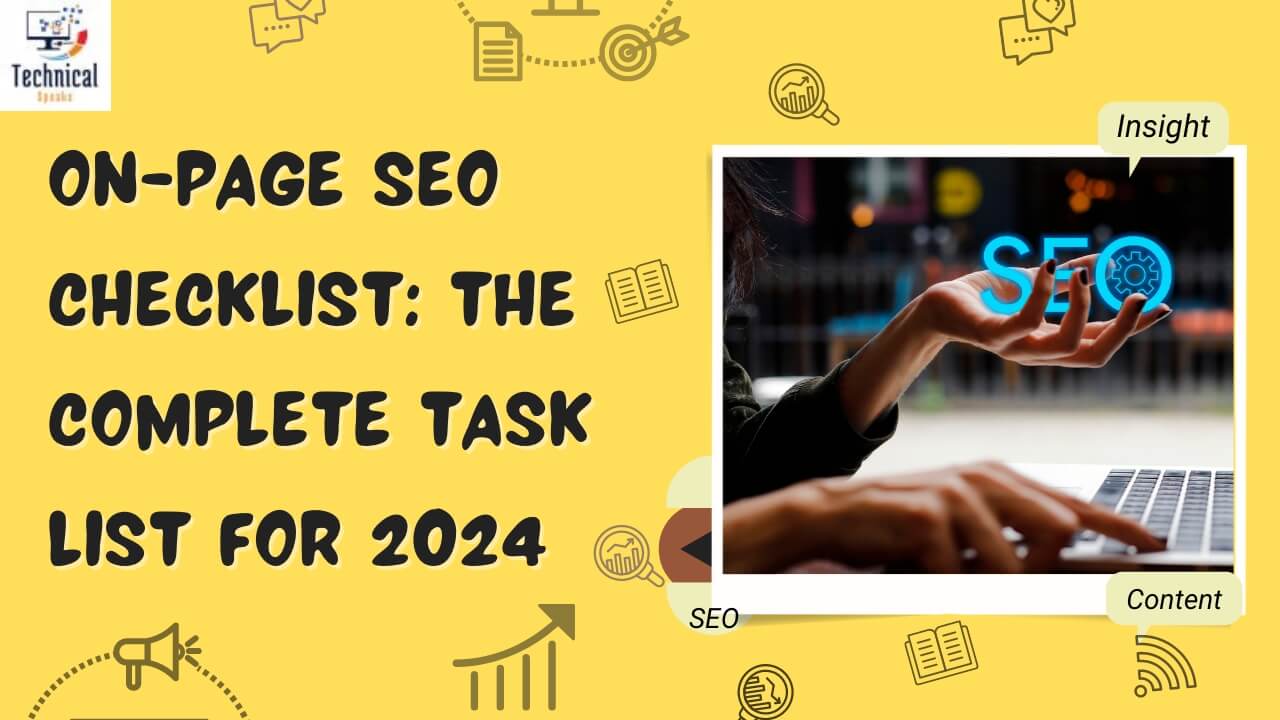In the fast-changing world of online marketing, it’s crucial to stay ahead in the search engine optimization (SEO) world. As we enter 2024, making sure your website is set up well for on-page SEO is super important. This checklist gives you a step-by-step guide to handle all the important tasks needed to make your on-page SEO strategy strong and effective.
1. Keyword Research and Optimization
In the world of online marketing, using search engine optimization (SEO) is super important for success. As we go through 2024, making sure your website is set up well for on-page SEO becomes really crucial. This guide focuses on the first steps, emphasizing using keywords strategically to make your content more visible and engaging.
To start, find words that work well for your content and that your audience is likely to use. You can use tools and data to figure out these important words. Once you know them, use them naturally in your website, like in titles, headings, and throughout your content. This helps your pages show up better in search results and keeps your content friendly and relevant for readers.
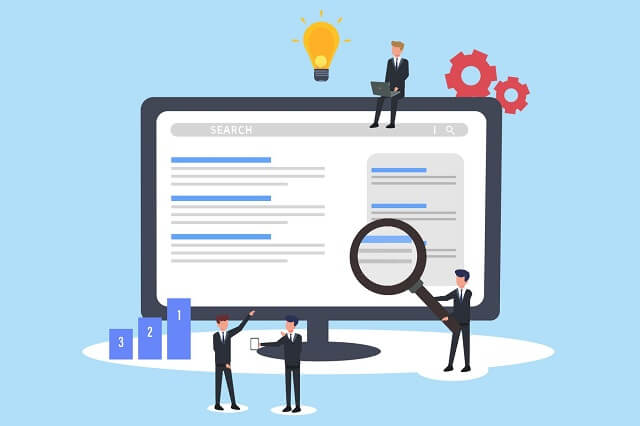
In the world of on-page SEO, meta tags are like signals to search engines about your content. To make them work better, optimize your meta tags, which include titles and descriptions, by adding your important keywords. These tags give a quick summary of your page and can affect how often people click on your page in search results. Making them interesting and using keywords helps make a good first impression and encourages people to check out your content.
2. Content Quality and Relevance
Online success starts with creating good and helpful content that your audience will like. This could be articles, videos, or pictures that match what your audience is interested in. It’s like making sure you talk about things that matter to them.
When you create content, make sure it’s easy to read. Use clear headings and organize your paragraphs so people can quickly understand what you’re saying. Think of headings like road signs that show the way, making it easy for readers and search engines to follow along.

Also, remember to update your content regularly. The internet changes a lot, and old information might not be helpful. By keeping things up-to-date, you show that your website is active and that your content is still valuable. This can help your website show up better in online searches.
Updating isn’t just about changing dates but it’s also about staying fresh. Pay attention to what’s happening around you, learn new things, and adjust your content to stay interesting and useful. This not only helps your website rank better but also keeps your audience interested and happy.
3. Mobile Optimization
Making sure your website works well on mobile devices is super important in today’s digital world. People use all kinds of devices like smartphones and tablets to access websites, so your website needs to be friendly and easy to use on those gadgets.
Another important part is how quickly your website loads on mobile devices. With fast internet on phones, people expect websites to load quickly. To make your site load fast on mobiles, you need to make sure images are not too big, and the website’s code is efficient. This not only makes users happy but also helps your site rank better in search engines like Google.

It’s not just about pleasing users, search engines now consider how mobile-friendly a website is when deciding how to rank it. For example, Google gives priority to websites that are designed well for mobile devices.
One crucial thing is that the design of your website should adjust smoothly to different screen sizes. This means that whether someone looks at your site on a big computer screen or a small smartphone, it should always look good and work well.
4. Page Loading Speed
Making sure your website loads quickly is super important for a good user experience and for how well it shows up in search results. You can use tools like Google PageSpeed Insights to check how fast your site is loading. This tool gives you helpful suggestions on what you can do to make it faster.
One key thing is to make sure your pictures and other things like videos or music on the website aren’t too big. Big files take longer to load. You can make them smaller without losing quality, and this helps your site load faster. Also, think about how the pictures load—maybe they only load when someone scrolls down the page. This is called lazy loading and it helps speed things up.
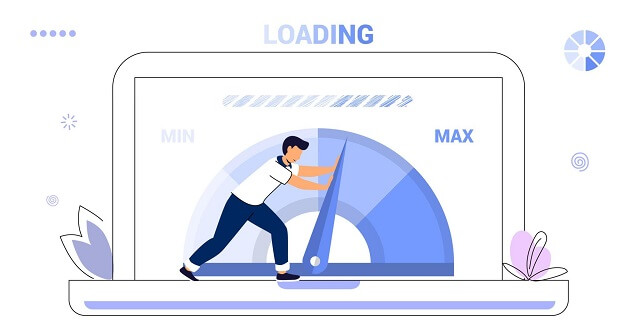
Another trick is to use browser caching. This means telling the visitor’s web browser to keep certain things saved locally so that the next time they visit, it loads faster because it doesn’t have to download everything again.
And then there’s compressing files. It’s like making the files on your website smaller, so they don’t take as long to download. This is done with things like HTML, CSS, and JavaScript files. Using compression methods like GZIP is a good way to do this.
5. URL Structure and Optimization
When it comes to making your website visible on search engines, the way you structure your website’s web addresses (URLs) is really important. It’s like giving your website a clear address that both people and search engines can easily understand.
The first rule is to keep things simple. Make sure your URLs are short and easy to read. This not only helps people find what they’re looking for on your site but also makes it simpler for search engines to figure out what your pages are about.

Another trick is to add specific words that people might use to search for your content into your URLs. This tells search engines what your page is about and can help your site show up in search results. But remember, don’t overdo it – use keywords naturally, and only when they make sense in the context of your URL.
Lastly, avoid using long and confusing URLs. Complicated web addresses can confuse both people and search engines. If your URL is clear and simple, it’s more likely that people will click on it, and search engines will understand and rank your page better.
6. Internal Linking
Making a smart plan for how your website’s pages connect is super important in the online world. This plan involves putting links in your content that guide people to other pages on your website, making it easy for them to find what they’re looking for. These links not only help visitors but also tell search engines which pages are related and important.
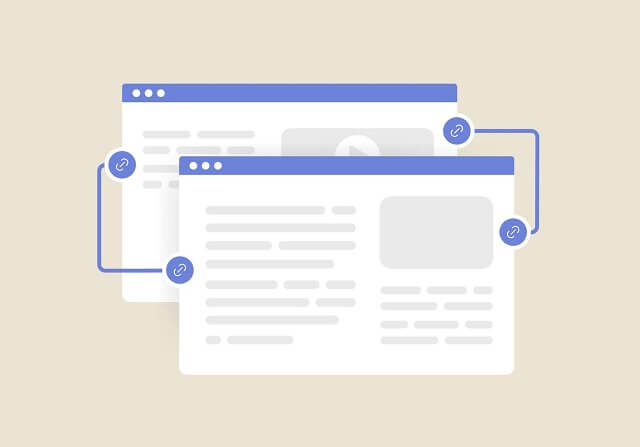
Imagine your website is like a map, and internal links are the roads that guide visitors to different places. When you link relevant pages, you’re creating a helpful network, making it easier for people to explore related topics. This isn’t just good for users but it also helps search engines understand your content better, potentially improving your website’s ranking in search results.
It’s not a one-time job, though. Regularly checking and updating these links is essential. As your website grows and changes, you want to make sure that the links still make sense and lead to the right places. Broken or outdated links can cause problems for visitors and might affect how search engines view your site.
7. User Experience (UX) Enhancement
Making your website easy and enjoyable for visitors is super important. There are three things you should focus on to do this:
a.) Making it easy for people to find their way around,
b.) Making sure pictures and videos load quickly and look good
c.) Creating buttons or prompts that guide users to do certain things.
Firstly, it’s crucial to have a clear and organized menu so that visitors can quickly find what they’re looking for. This makes them more likely to stay on your site and explore different pages.

Secondly, you should make sure that pictures and videos on your site load fast and look nice. Big files can make your site slow, which might frustrate visitors. By making these files smaller, you not only make your site look better but also ensure that people can access your content quickly.
Lastly, use clear and interesting buttons or prompts to guide visitors to do specific things, like subscribe or explore more content. These are called calls-to-action (CTAs). Well-designed CTAs can encourage visitors to take the actions you want them to, making your website more successful in achieving its goals.
8. Social Media Integration
Social media is a big deal for spreading the word about your content. Adding social sharing buttons to your website is like giving people an easy way to share your stuff on different social platforms. It’s like a virtual button that helps your audience quickly share what they like, making your content seen by more people.

Another important thing is making sure your content looks good when shared on social media. This is where optimizing Open Graph tags comes in. Open Graph tags are like behind-the-scenes information that decides how your content appears when someone shares it. Making sure these tags are set up well makes your shared content look more appealing and increases the chances of people clicking on it.
And here’s the thing – social media isn’t just about likes and shares. Search engines also pay attention to what’s happening on social platforms. They look at how people interact with your content – like sharing, liking, or commenting. By being active on social media and creating content that people want to share, you not only boost your presence on social platforms but also improve your website’s chances of showing up higher in search engine results.
9. Technical SEO Checks
Keeping your website in top shape is crucial for making sure people can find it online. Regular website check-ups help you identify and fix any technical issues that might be slowing things down or causing problems.
One important part of these check-ups is using something called canonical tags. These tags help search engines understand which version of a webpage is the main one when there are similar versions. By setting this up correctly, you avoid issues like having the same content in multiple places, which can confuse search engines and make your site less effective.
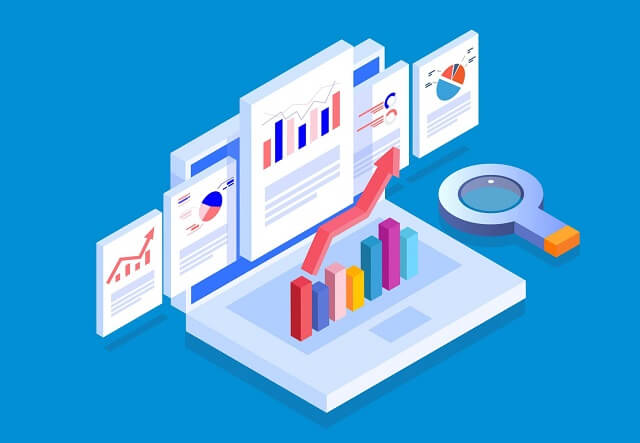
Another thing to consider is making it easy for search engine crawlers, which are like digital spiders that explore the web. You want to organize your website in a way that these crawlers can quickly and easily find all your important content. This involves having clear and simple website addresses (URLs) and removing anything that might block the crawlers from getting to your pages.
Lastly, making sure the structured data on your site is accurate is crucial. Structured data is like a language that search engines use to understand what your content is about. By double-checking that this information matches what’s actually on your pages, you help search engines display your content more accurately in search results. This not only improves how easily people can find your site but also makes your listings look better.
10. Monitoring and Analytics
In the online world, keeping an eye on how your website is doing is really important. Think of it like having a dashboard, such as Google Analytics, that shows you how people are using your website. This info helps you make smart decisions to make your website better.
Google Analytics and other tools give you a snapshot of important things, like how many people visit your site, how long they stay, and whether they do what you want them to do, like buy something or sign up. It’s like checking the health of your website.

But it’s not just about looking at the numbers, it’s about doing something if things aren’t going well. For example, if lots of people are leaving your site quickly, you might need to change things to make them stay longer. Regularly checking these numbers and making changes is like fine-tuning your website to make it work better for visitors.
Also, it’s crucial to keep up with what’s happening online. The internet is always changing, and what worked before might not work now. Knowing the latest trends and updates in how search engines like Google rank websites helps you make sure your website stays visible to people searching online.
By carefully following the On-Page SEO Checklist for 2024, you give your website the tools it needs to do well on search engines and provide a good experience for users. This checklist is like a helpful guide that covers important things like using the right keywords, making sure your content is good, and checking if your website works well on mobile.
Doing these things not only helps your website show up more in search results but also makes it more enjoyable for people who visit. It’s like making your website friendly for both search engines and the people who come to see it.
Being proactive means staying ahead in the ever-changing world of websites. It’s about regularly updating your content, checking how your website is doing, and keeping up with new trends. The online world changes a lot, so being on top of things helps your website stay competitive.
As you follow this checklist and stay ahead of the game, you’ll likely see more people finding and using your website. Good search rankings and a website that works well make your online presence stronger. Think of it as a guide to not just survive but do really well on the internet in 2024.




